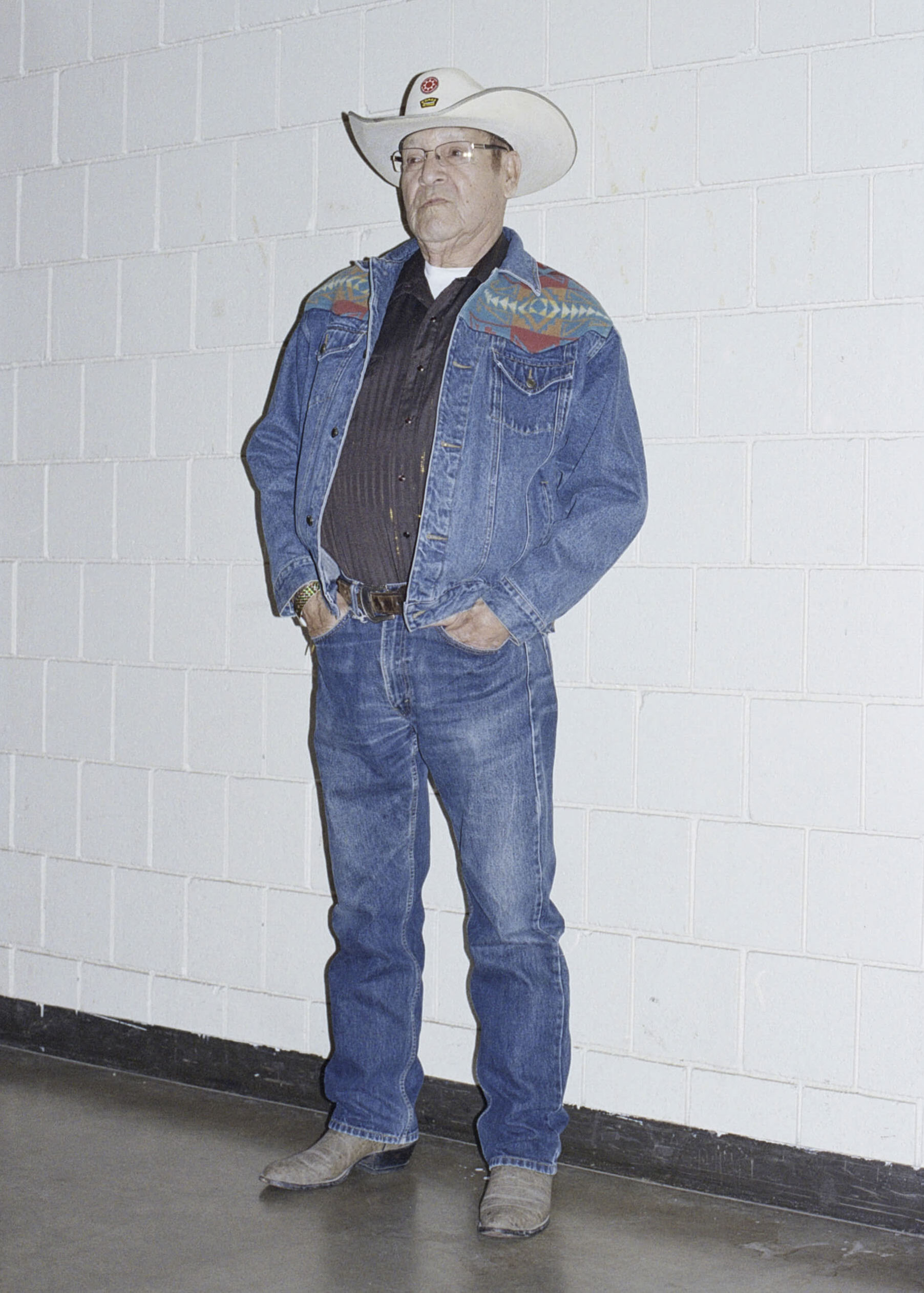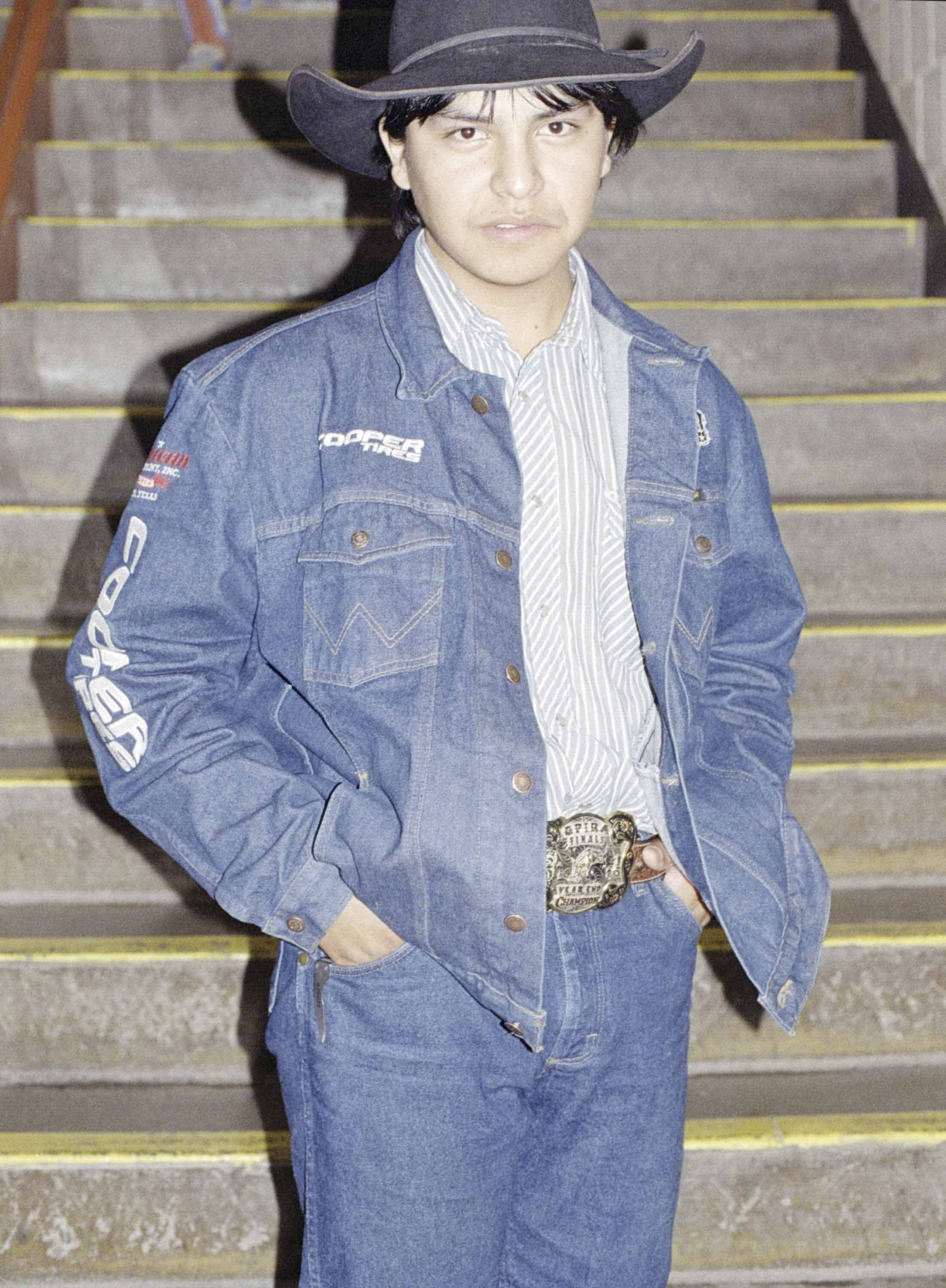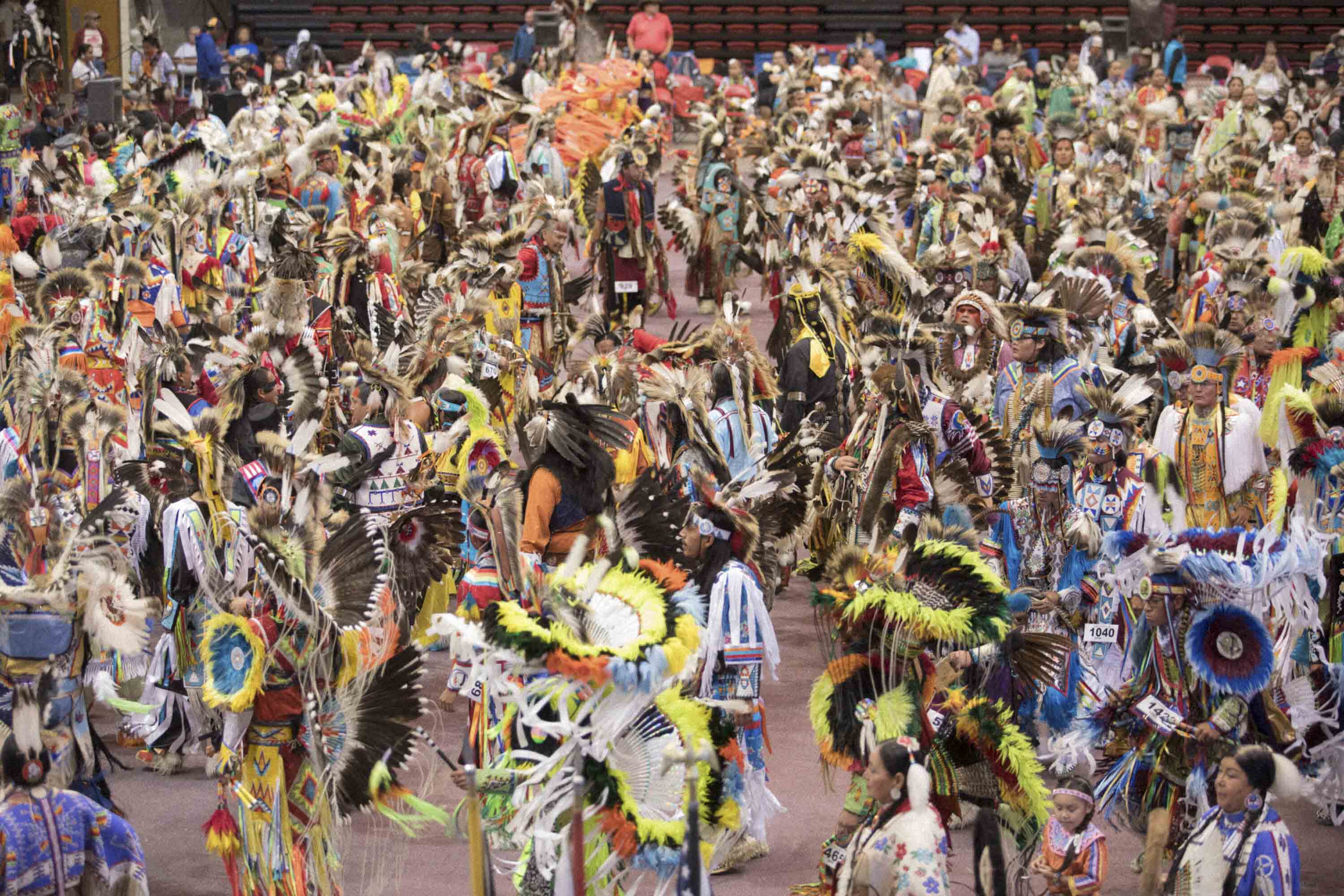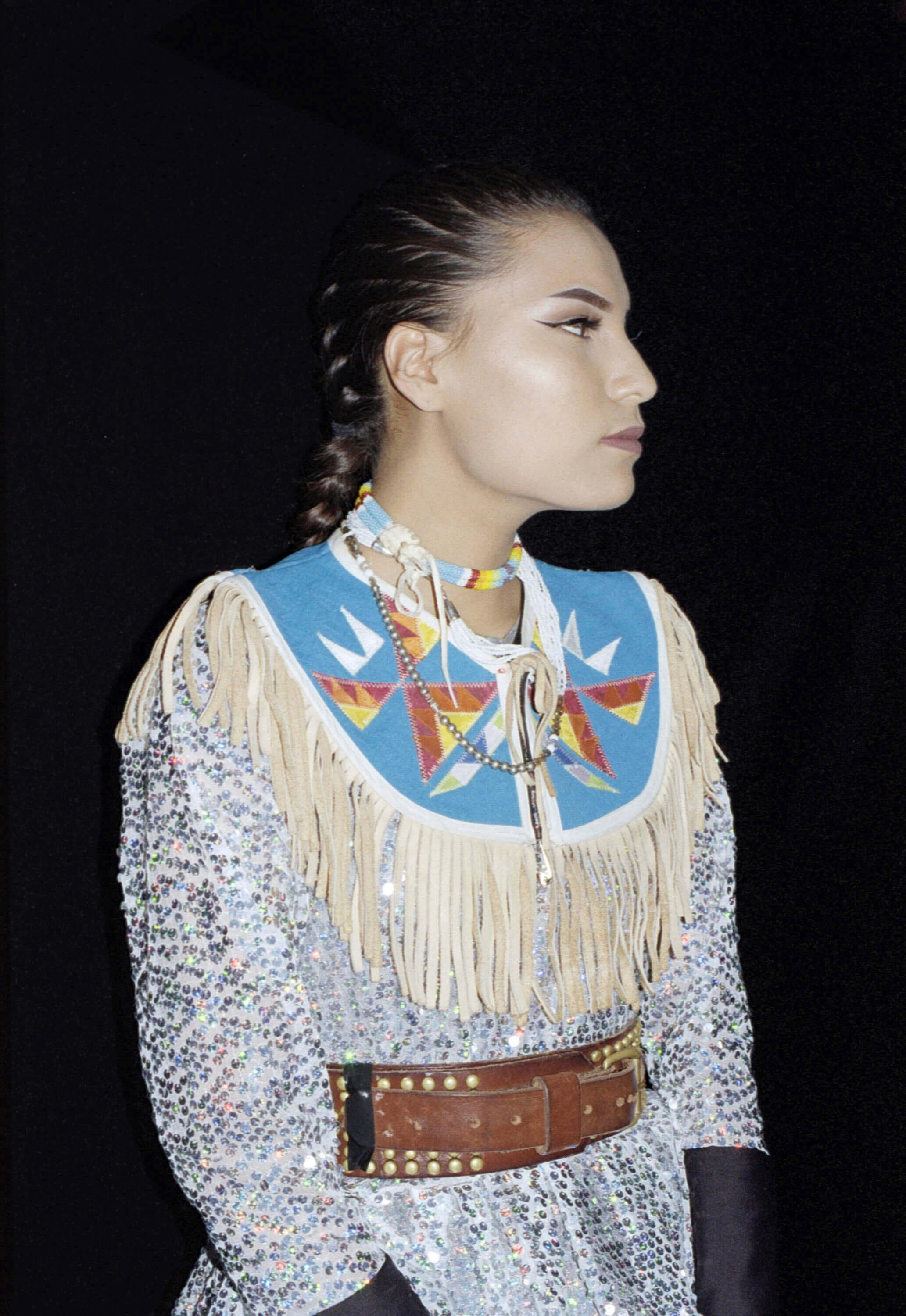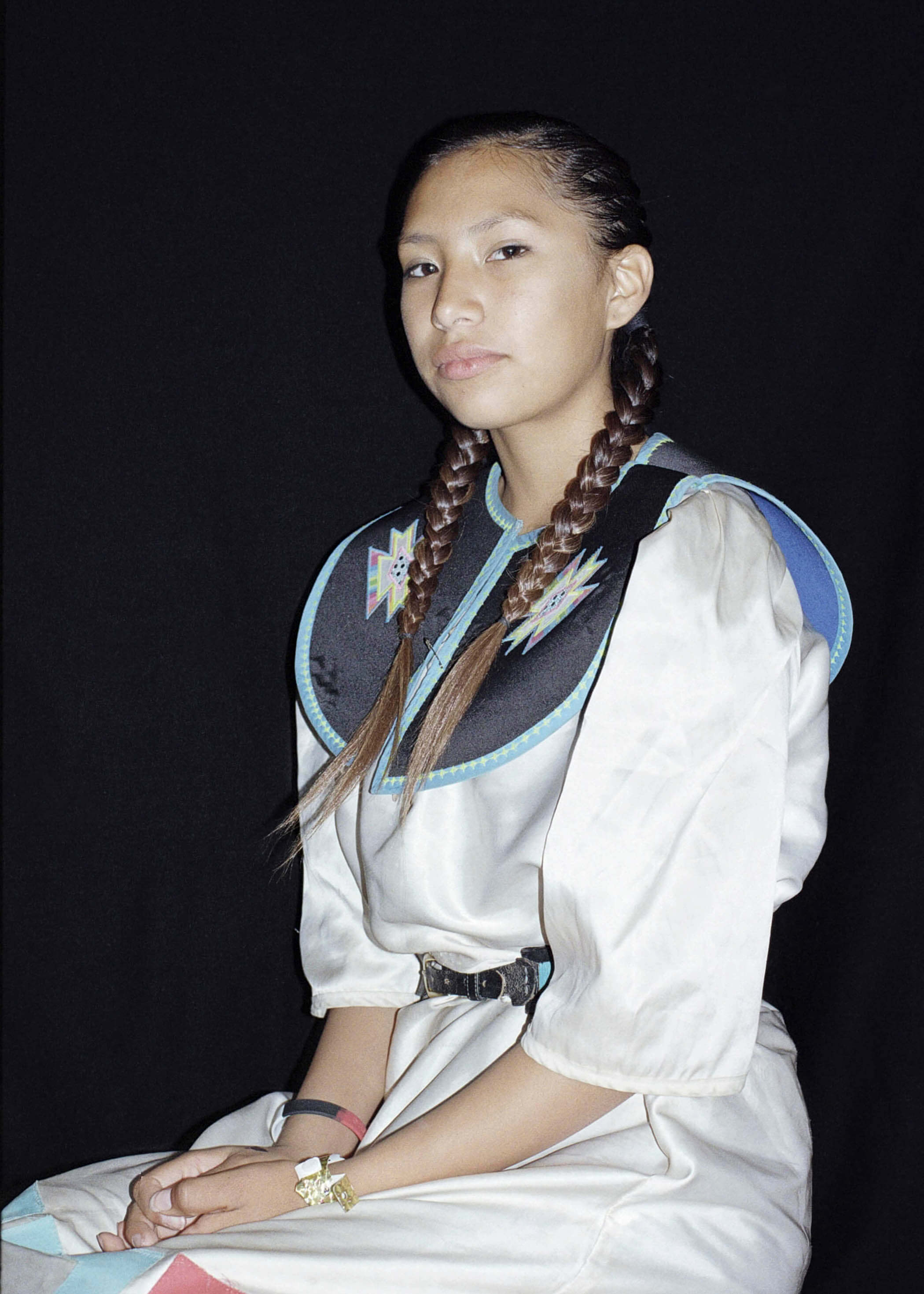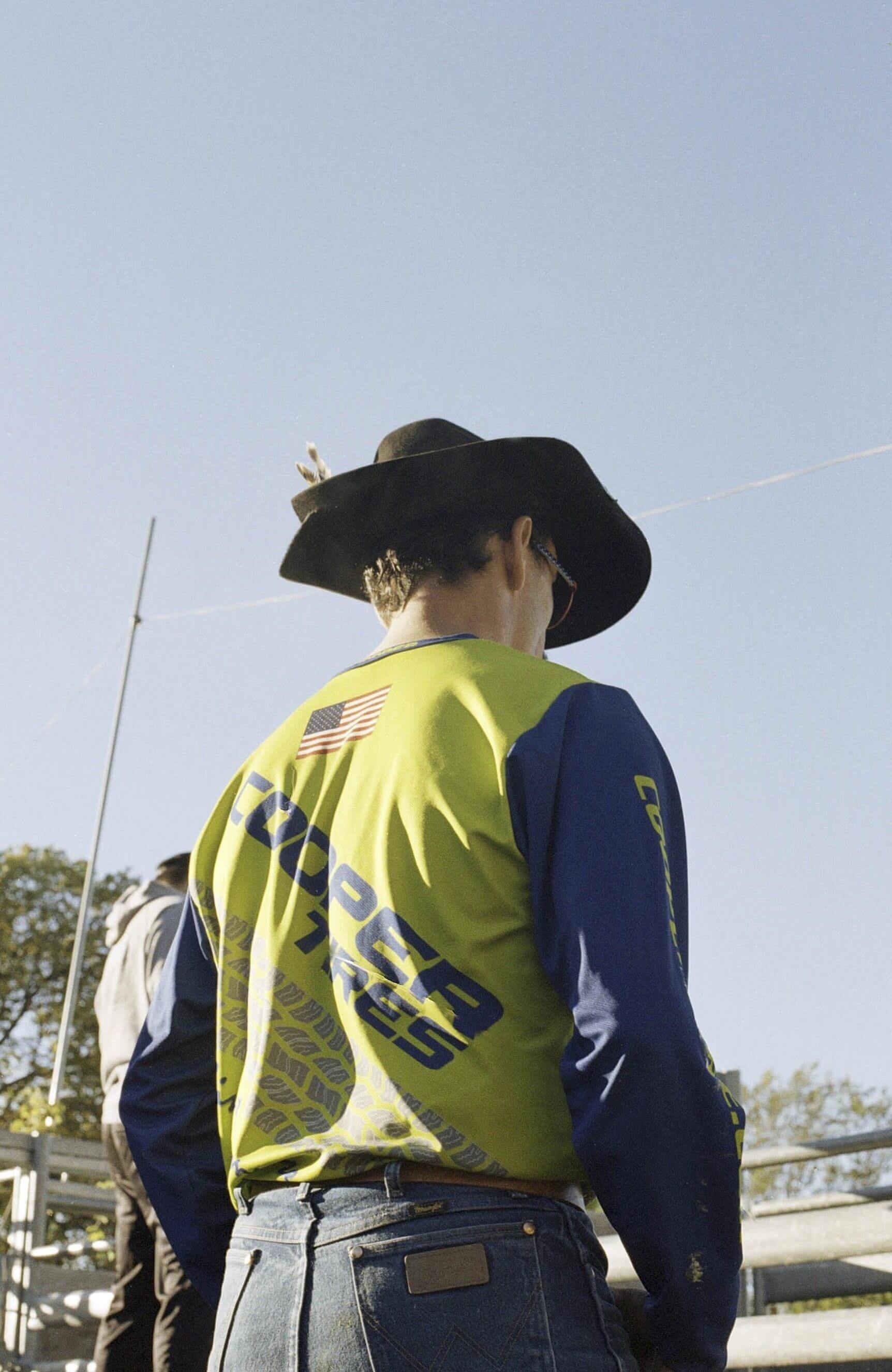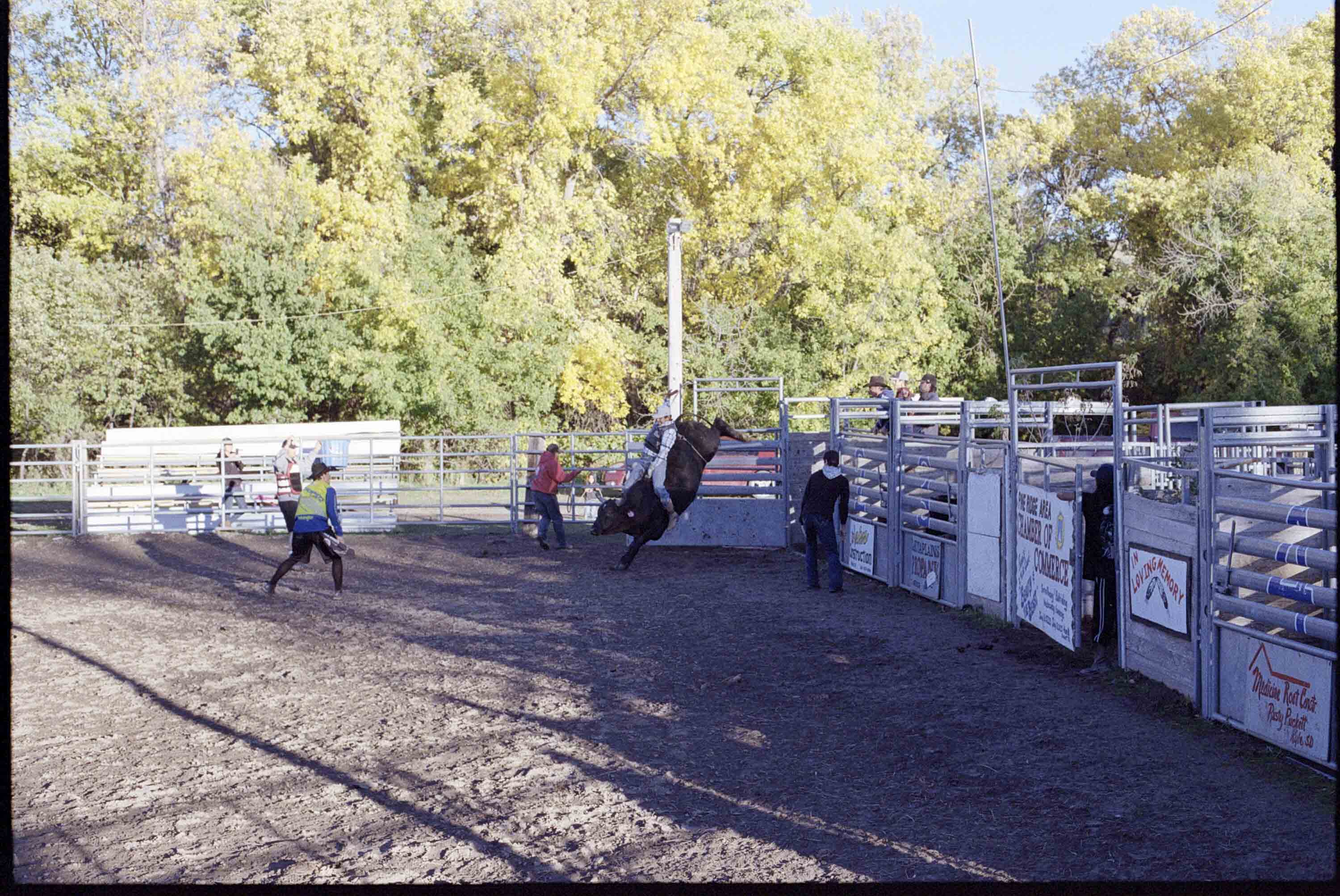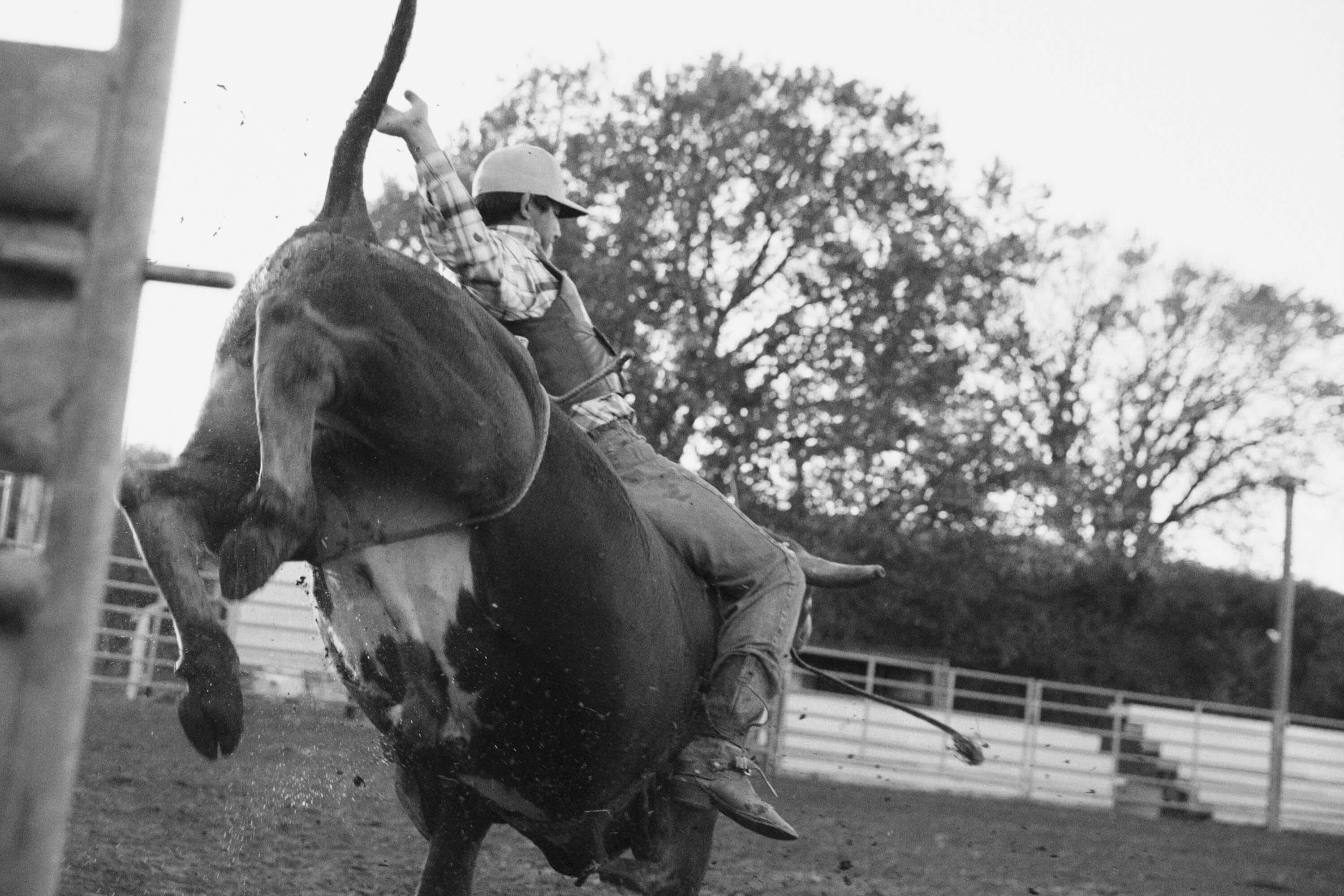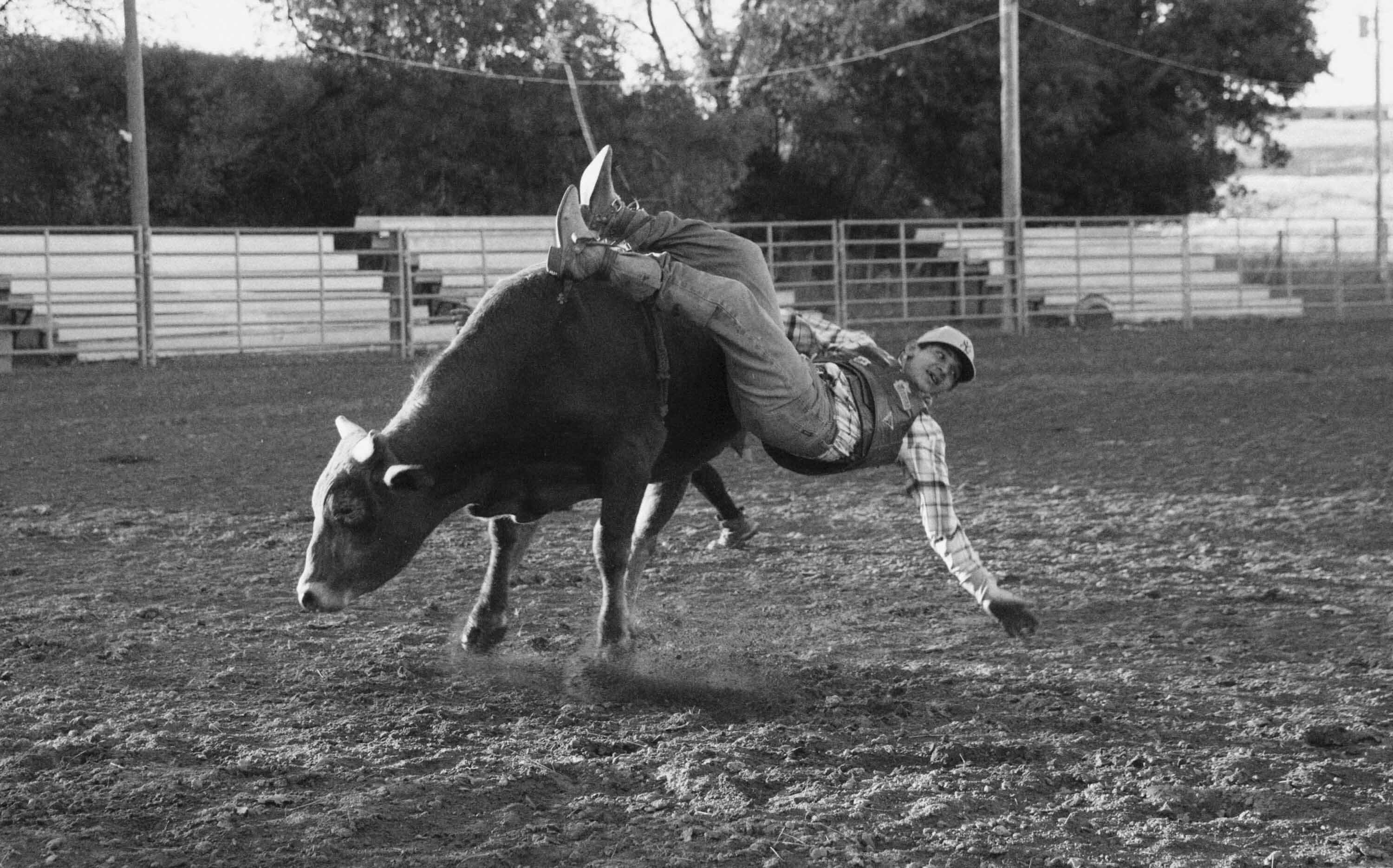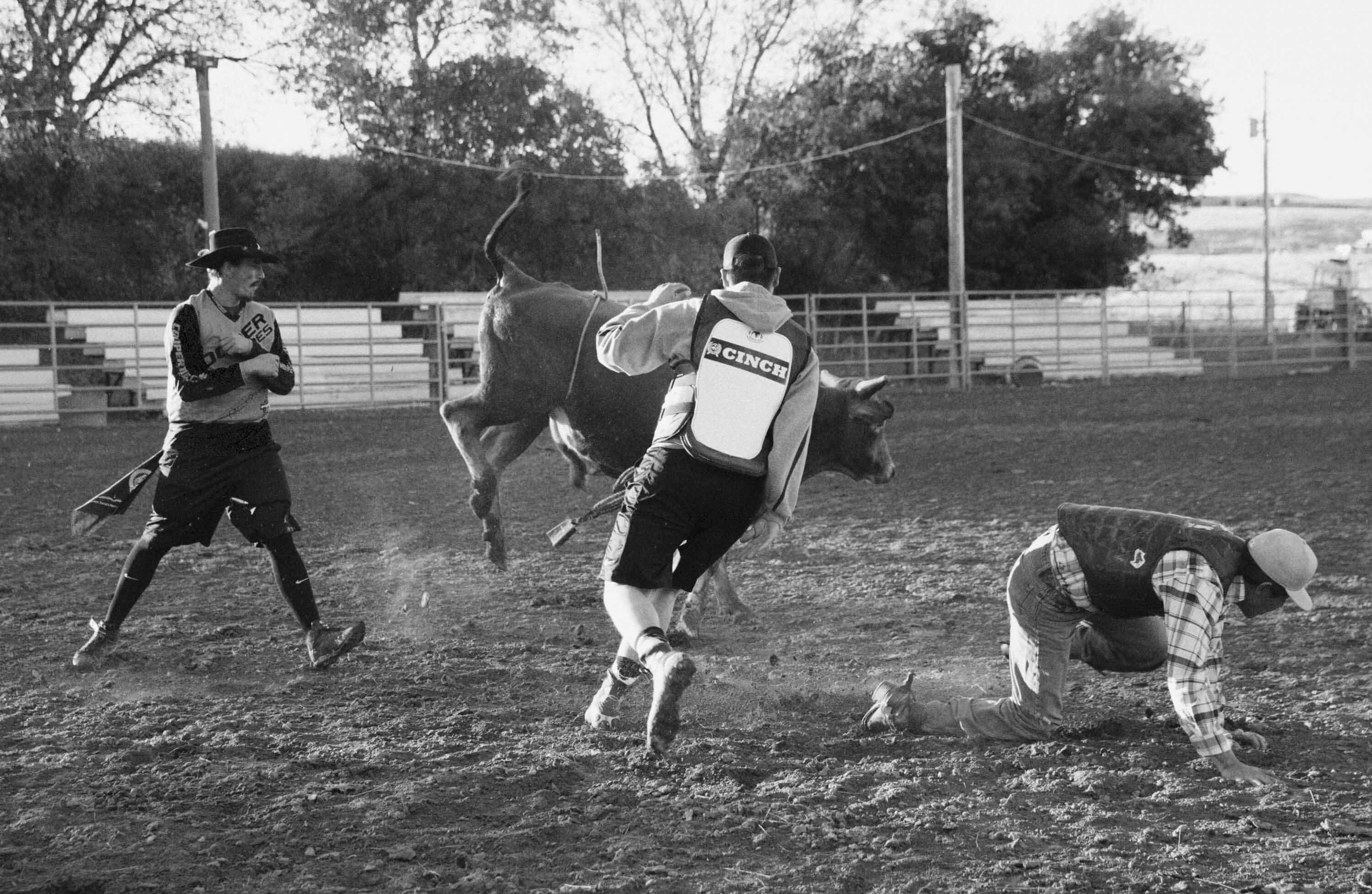We’re waiting for Saturday to arrive, for the big Black Hills Wacipi. The powwow of the prairies is a social event that can go on for several days in which the tribal peoples of North America get together, camp together, reconnect as the Great Sioux Nation.
A modern powwow is an annual summer gathering, which involves socializing, taco stalls, fry bread and berry pudding sauce, and ceremonial dance competitions divided into age groups. Another four days in Rapid City might seem too much, but this town in the Midwest knows how to entertain. At five o’clock on Saturday they’d start to arrive and register for the championship. The feather headdresses wouldn’t usually fit into the sports bags and so the car park of the Rushmore Plaza Civic Center would quickly fill up with pickup trucks with “plain clothes” Indians who’d get out of with incredible crowns of long porcupine quills and deer fur on their heads. Have you ever seen a Greater Prairie Chicken dance in the spring?
It’s a type of guinea fowl that’s quite difficult to find in the great prairies these days. When you see the natives dance in the powwow arena you’ll really think you’ve already seen this animal somewhere before. The males bend forwards, their heads jerk up and down, making the feathers ripple from side to side, they keep to the time of an invisible music, their feet move in small quick steps, in a zigzag pattern on the grass. Are they aware of the females’ presence? It seems they aren’t. Are they celebrating a great victory? Yes. In reality, in their past and recent history these peoples have experienced unhealable losses and thefts and, while they might not like speaking about the poverty that exists in various reserves in the country, we can’t even manage to get them to talk about how they’re organizing themselves for the rebirth of their people.
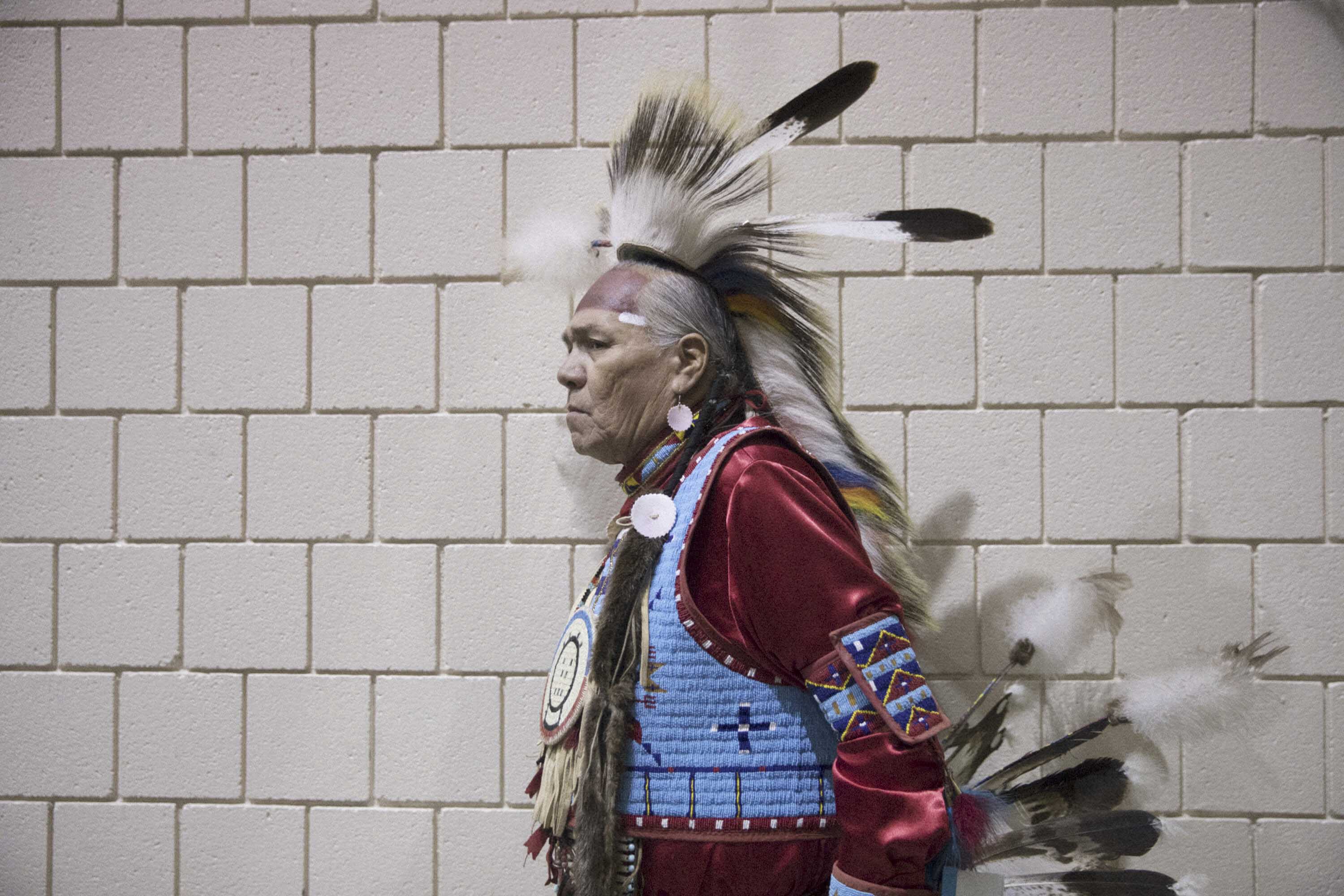
All the material life of the Dakota, Lakota and Nakota, the three main tribes of the Great Sioux Nation, was designed for mobility, for a nomadic existence. They didn’t have anything that couldn’t be transported by a person, a horse or a dog. A whole village could up camp in fifteen minutes from the chief’s official signal to roll everything up, tie it in small bundles, and get into the procession. In fifteen minutes these Indian families can open a sports bag and transform themselves into a magnificent figure, decorated from head to toe.
Being nomads doesn’t mean not feeling an attachment to the land. There were always favourite places where they camped, where they repeated the gruelling Sun Dance, where they set up the village for the winter. There was a nostalgia linked to these places and going back there was like going home for us.
While we were waiting for Saturday, we decided to go on a tour of the great private reserve of Mustang horses near Hot Springs. Here too we found ourselves before a sort of man-made wonder created by one man’s dream (a rancher and naturalist originally from Oregon), a true American dream, and an immense stretch of rocky land revered by the natives, crossed by a stretch of the Cheyenne River and eagles in flight. We ended up on a creaky, trifle-coloured school bus and slowed down in front of a field where the Sun Dance had just finished: the tepees removed from the large ceremonial circle, the groups scattered in various directions, the venerated poles waiting to be blown down by the wind. The Sun Dance took place every year during the moon of the ripe chokecherries and lasted twelve days. For the Sioux, the “vision quest” took place using the power achieved through personal sacrifice, capture, torture, and the slavery of physical suffering. By denying the self.
Painted on deer skin, usually in spirals with the first record at the top, the waniyetu wówapi or “winter courts” preserved a family’s memories. They were giant mats, picture tapestries, which kept count of past events and probably provided company on winter nights. The years weren’t numbered, they had names. For example, one in the group might refer to his age by saying: “I was born when Crow Stole Many Horses”. And so, there was the winter in which “Little Beaver’s Tent Burnt Down”, the year 1813 was remembered as “The Man With A Gun”, the first time that that Sioux tribe saw a firearm. 1869 was known as the year when “The Sun Died” (the eclipse of the sun on 7 August). A particular phenomenon, a breath-taking event became the symbol of a whole year. The part became the whole. The important things in life were judged on whether they made it onto that great illustrated family calendar. Like in all circular things, the beginning or the end weren’t very important, so for the Indians perhaps the year began in April, with the birth of new calves and the end of winter, but this was simply part of the circle of life.
